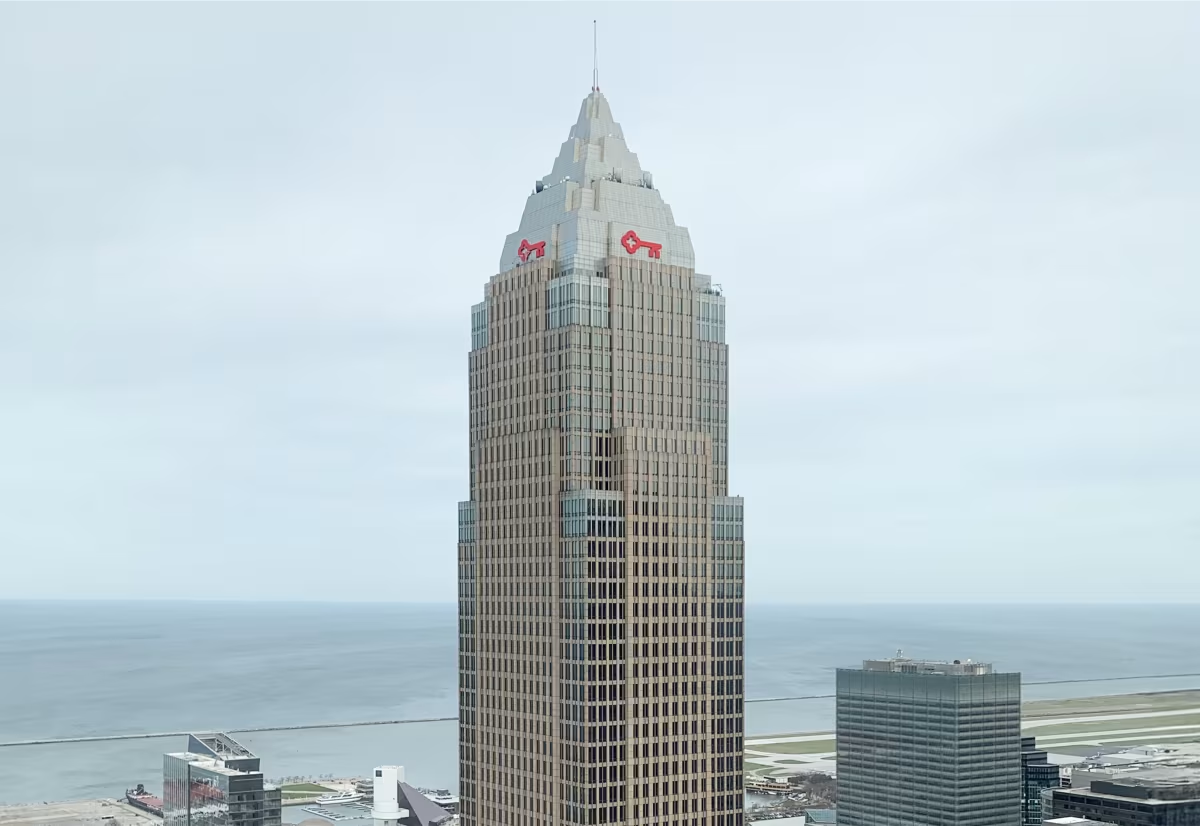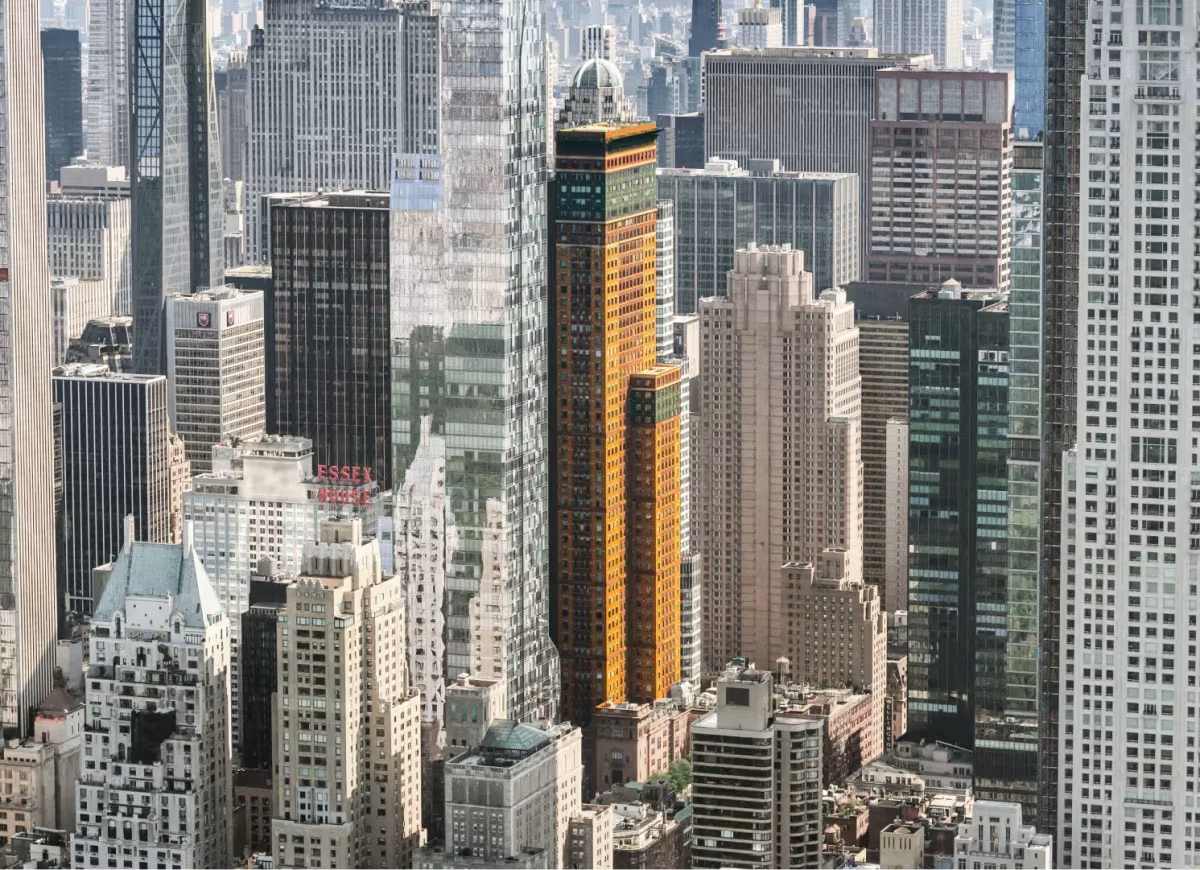Key Tower vs Carnegie Hall Tower


Comparing the Key Tower and the Carnegie Hall Tower is an interesting exercise, because even though they are located in different cities (Cleveland, OH and New York, NY), both were designed by César Pelli & Associates and finished within in the same year. This gives us the chance to see how the same architect's ideas were expressed in different urban contexts almost simultaneously.
Height & Size
The Key Tower is clearly the larger tower of the two, both in terms of height and number of floors. It rises to 948ft (289m) with 62 floors above ground, while the Carnegie Hall Tower reaches 758ft (231m) with 60 floors above ground.
Key Tower also offers more total built-up area, a total fo 1,249,979 sqf (116,127m2), which is about 722,548 sqf (67,127m2) more than what the Carnegie Hall Tower offers.
Of course, each project may have faced different briefs or regulatory constraints, which we don't really know about and could also explain the outcome.
Architectural Style
Both the Key Tower and the Carnegie Hall Tower were designed in line with the aesthetic conventions of the Postmodernism style.
Both buildings were completed when the Postmodernism style was already past its peak. This makes them feel like late echoes of the movement, more reflective of continuity or nostalgia than of cutting-edge design at the time.
Uses
Both the Key Tower and the Carnegie Hall Tower were designed to serve as commercial towers, and that has remained their main use since their completion, serving similar roles in the urban fabric.
Structure & Facade
The two buildings opted for different structural and facade solutions.
The Key Tower uses a Frame system, which relies on a regular grid of columns and beams to sustain its weight, while the Carnegie Hall Tower uses a Framed Tube In Tube system, that combines a strong central core with a perimeter tube of columns.
And when it came to the facade, the Modular went with a Modular facade, which employs prefabricated panels, often mixing solid surfaces with smaller windows, while the Carnegie Hall Tower opted for a Masonry facade, that features a heavy masonry skin that gives it a more clasical look.
| Key Tower | Carnegie Hall Tower | |
|---|---|---|
| César Pelli & Associates | Architect | César Pelli & Associates |
| 1988 | Design Ended | 1987 |
| 1989 | Construction Started | 1988 |
| 1991 | Year Completed | 1991 |
| Postmodernism | Architectural Style | Postmodernism |
| Commercial | Current Use | Commercial |
| 62 | Floors Above Ground | 60 |
| 289 m | Height (m) | 231 m |
| 116127 | Built-up Area (m²) | 49000 |
| Frame | Structure Type | Framed Tube In Tube |
| Reinforced Concrete | Vertical Structure Material | Reinforced Concrete |
| Concrete And Steel | Horizontal Structure Material | Reinforced Concrete |
| No | Facade Structural? | Yes |
| Granite, Glass | Main Facade Material | Brick, Glass |
| Turner Construction Company | Main Contractor | HRH Construction |
| Richard E. Jacobs Group | Developer | Rockrose Development Corp |
| Skilling Ward Magnusson Barkshire | Structural Engineer | Rosenwasser/Grossman Consulting Engineers |
| OH | State | NY |
| Cleveland | City | New York |
| 127 Public Square | Address | 152 West 57th Street |